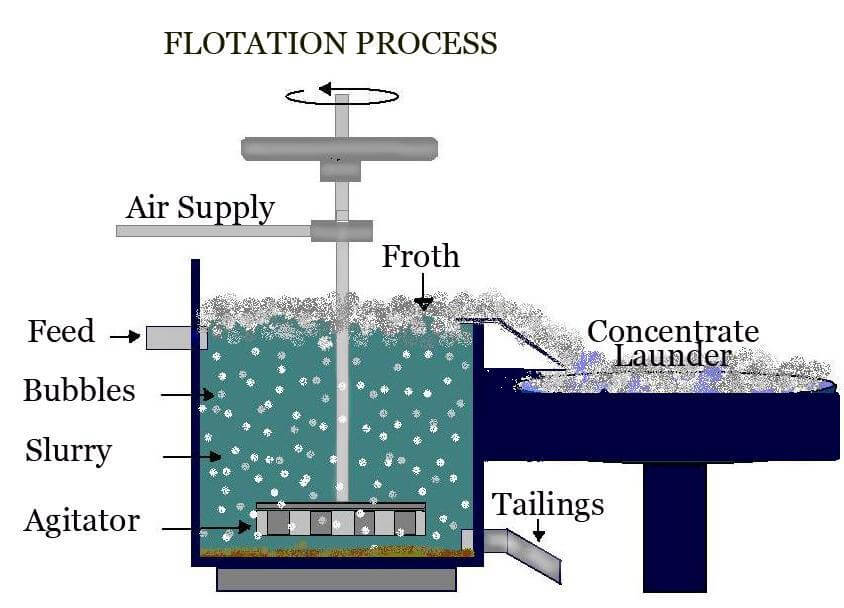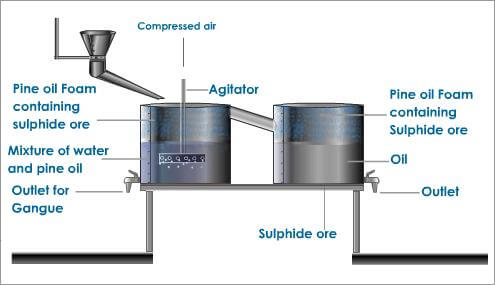Ask a Doubt
Get your questions answered by the expert for free
Enter text here...
Other Related Questions on Inorganic Chemistry

Total number of structural isomers of [Co(NH3)6][Cr(CN)6]
Inorganic Chemistry
0 Answer Available
Last Activity: 2 Year ago(s)

Why is boiling point of Cesium higher than that of Rubidium
Inorganic Chemistry
1 Answer Available
Last Activity: 2 Year ago(s)

which isomer mentioned in (a) is water soluble and why?
Inorganic Chemistry
1 Answer Available
Last Activity: 2 Year ago(s)

A gaseous mixture contains CO2 and CO the mass of the mixture is 200g and they are presenting equal fraction of moles . Find the total no. of O-atoms present in the mixture.
Inorganic Chemistry
0 Answer Available
Last Activity: 2 Year ago(s)

a gaseous mixture contains O2 , N2 and He in equal fraction of moles . Find the mass of He if 28g of N is present and 32g of O is present.
Inorganic Chemistry
0 Answer Available
Last Activity: 2 Year ago(s)










